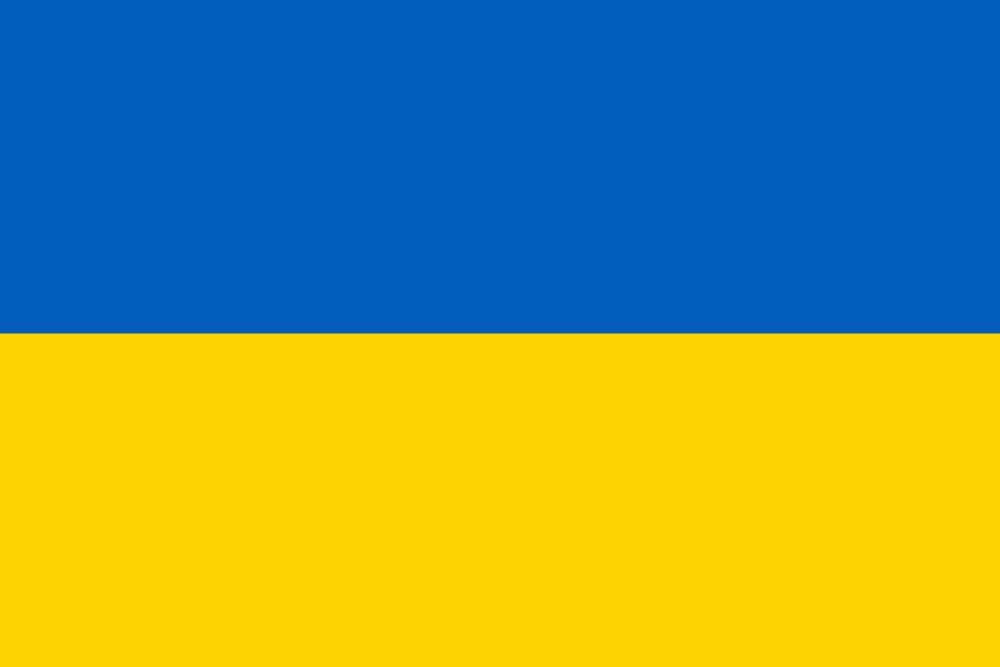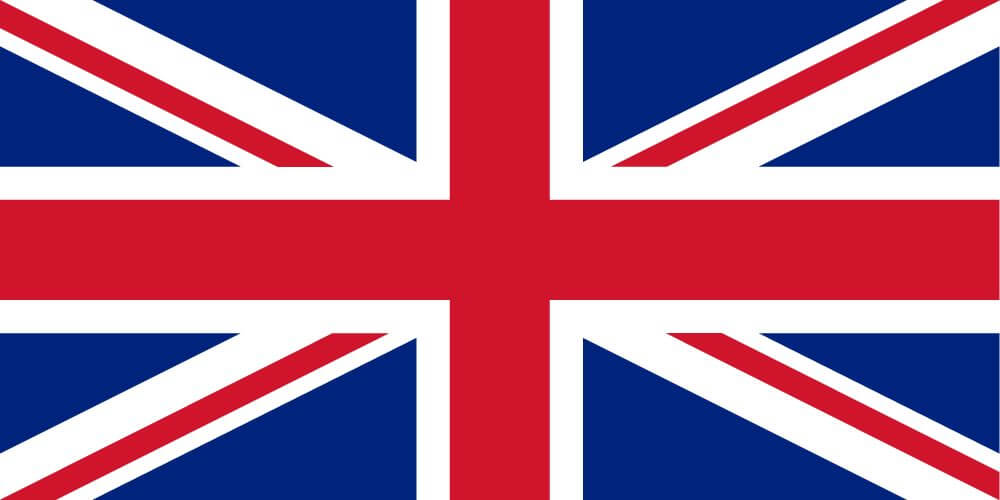Conflict Developments
Troops of the Russian Federation (hereinafter: Russia) have continued to redeploy, whilst conducting operations seeking to strengthen their foothold in the territories already in their control. Areas under special attention of the Russian forces are those located in the Kyiv oblast with a view to fomenting another offensive.
Civilian infrastructures in cities including Kyiv, Kharkiv, Avdiivka, Bucha, Irpin, and Lozova have continued to be subject to rocket strikes and shelling.
Russian troops continue their attempts to encircle Voznesensk in the Mykolayiv oblast. The assumed goal of the troops is to take control over the highway leading to Kyiv as well as the South Ukraine Nuclear Power Plant.
A Russian subversive and reconnaissance group travelling in a car is known to have hit a landmine not far from the city of Kryvyi Rih.
The port of Mykolaiv has been the target of shelling from the sea, whilst the Ukrainian armed forces have managed to destroy sea units of the Russian air forces planned to land in Odessa. Ukraine has succeeded in weakening Russian manpower and destroyed military equipment on the airfield at Chornobayivka in the Kherson oblast. Despite the losses, Russia has not abandoned its attempts in establishing a logistics hub in Chornobayivka. The hub is expected to have a critical role in future offensives in southern Ukraine.
According to Ukrainian intelligence units, Russia is deploying its ground troops in southern Belarus and tents have been set up and equipment amassed in the border region. These developments combined with the shelling of military objects in Volyn, may indicate of preparations of a new invasion towards Ukraine from the territory of Belarus. This invasion carries the possibility of the involvement of the Belarusian Armed Forces in the fighting.
Russian troops are seeking advances on Brovary and Boryspil, and the mayor of the latter has called civilians to evacuate.
According to some sources, Russian forces are preparing provocations using chemical weapons either in the territory of Ukraine or Russia.
The total area contaminated with explosive items in Ukraine amounts to 31,9 square miles.
Humanitarian Dimensions
Humanitarian ‘green corridors’ continue to be set up. At the same time, civilians are fleeing occupied and encircled cities risking coming under fire as they do so. An evacuation convoy has been captured by Russian forces in the Berdyansk.
Those who have been evacuated from Trostyanets, Makariv, and other settlements are reporting cases of killings, robberies, rapes, and forceful evacuations of local civilians to Russian territories. These violations are alleged to have been committed by Russian troops.
Russian military activities are further exacerbating the humanitarian situation in the occupied territories.
Environmental Dimensions
The warehouses of the pharmaceutical company, Farmak, located near Makariv have been destroyed.
A power plant has been shelled in Brovary.
The Russian troops have shot at people standing in a line near a supermarket and a children’s hospital in Severodonetsk.
A railway depot in Slovyansk, a railway station in Pavlohrad, and a school in Rubizhne have come under fire. Shelling has also damaged a trunk cable cutting Donetsk and Luhansk Oblasts off from mobile connections.
The Russian forces have once again shot at the people gathered at a pro-Ukrainian rally in Kherson. In the Kherson oblast the head of the Chornyansky lyceum of the Tavriyska City Council, Viktor Kudlay, a Spanish volunteer named Mario and an activist from Nova Kakhovka, Serhii Tsypiha, have been abducted.
Journalist Viktoriya Roshchyna has been released by the Russian forces. Prior to her release, Ms Roshchyna published a video thanking the armed forces of Russia. The video is assumed to have been recorded under duress.
Russian sources report about violent measures taken against the participants of rallies.
The Berdyansk seaport continues to be used as a logistical center for the redeployment of military equipment by the Russian forces. The inability of Ukrainian forces to use and utilize its seaports is feared to result in disruptions in grain deliveries, potentially cascading into famine in several countries across continents.
The Russian Secret Services has carried out attempts to destabilize the situation in the Zakarpattia Oblast and Bessarabia.
Information Dimensions
Russian news sources have spread accusations of Ukraine’s unwillingness to exchange Prisoners of War (PoW), despite Russian claims of lists for such exchanges being prepared by both parties. Such narratives are particularly disseminated in the so-called Donetsk People’s Republic.
Narratives legitimizing the Russian aggression, dehumanizing Ukrainians, and describing Ukraine as a state of ‘neo-Nazi and sadists’ and beset by ‘Ukrainian heresy’ continue to be spread. The Ukrainian army has been accused of committing humanitarian crimes in Mariupol in the Donetsk Oblast.
Official Russian media describes the Russians condemning the aggression in Ukraine as a marginal phenomenon coordinated demonstrations of unanimity within Russian society.
Regional Russian media keeps disseminating information regarding fallen Russian soldiers in the Ulyanov Oblast as well as in Orenburg, Penza, and Bashkortostan. Additionally, messages regarding the need to release prisoners in the settlements controlled by Russia imprisoned due to their ‘affinity with Russia’ have been made in order to make space for ‘Ukrainian war criminals’.
Local officials claim to have solved the water issue of the Crimean Peninsula. These claims are based on the notion that water from the Dnipor is being delivered to the peninsula through the North-Crimean canal.
Propaganda and disinformation spread by Russian sources are being supported by the Russian Orthodox Church, its patriarch, and numerous numerous hierarchs delivering passionate sermons blessing the war.
This Ukraine Situation Report is prepared in the framework of the project “Building Resilience in Conflict Through Dialogue” funded by the European Union


